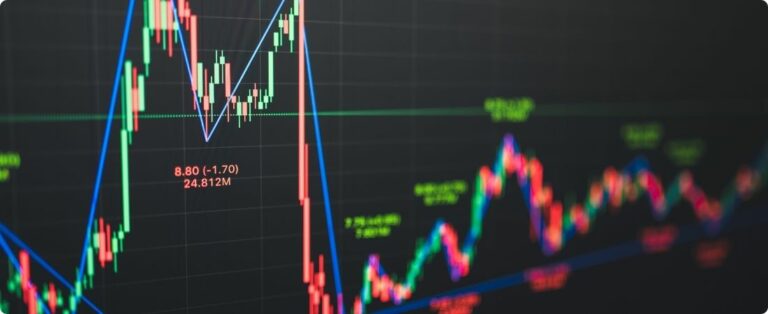Brazil's poultry and pork industry, which has been achieving notable results with the surge in meat exports, mainly to China, will be tested in 2019 on its ability to deal with an unexpected rise in the prices of its main raw material, corn. .
Excessive rains in the United States, the largest global producers and exporters, caused a record delay in planting and crop failure, pushing prices on the Chicago Stock Exchange to highs of around four years on Thursday, which has been reflected in the market Brazilian, despite Brazil being on the path to historic cereal production.
“The rise in the price of corn (since May) caught everyone with short pants,” said the animal protein researcher at the Center for Advanced Studies in Applied Economics (Cepea), Thiago Bernardino de Carvalho.
Compared to the year's lows, at the beginning of May, corn prices in Brazil rose by more than 13%, to around 37 reais per 60 kg bag, according to an indicator from Cepea, from USP. While in Chicago values rose by around 25% in the same period, gaining additional momentum after the US government this week reduced the harvest estimate by almost 10%.
The fact that the industry in Brazil, the largest global exporter of chicken meat, has been caught on the wrong foot is not unprecedented. But it will show whether this time the companies were protected, with hedges, advance purchases or stocks purchased at lower prices, before prices soared.
The year 2016 may have left lessons, when a drought severely damaged Brazil's harvest. At the time, the giant BRF, the largest global exporter of chicken meat, suffered serious problems with higher corn costs, recording a loss of 372 million reais, negative net results that increased in 2017 and 2018.
Faced with the surprising rise in corn prices in Brazil – despite a record harvest, which would exceed 100 million tons for the first time –, BRF indicated that it is prepared.
“BRF has a percentage of volume already purchased month by month for the next 12 current months. This dynamic results from prior mapping in which the company is able to identify the best purchasing format given the fundamentals of price, exchange rate and market supply/demand”, said the company in a note to Reuters.
“With this, the company reduces exposure to commodity market volatility and establishes a coherent strategy to build its stocks,” he added.
When contacted, JBS, owner of Seara, another giant in the poultry and pork sector in Brazil, preferred not to comment on the matter.
In a recent event with journalists, the Food and Beverage analyst at Itaú BBA Corretora, Antônio Barreto, commented that, based on conversations related to large companies, “it doesn’t seem like they have a very large corn position”.
Carvalho, from Cepea, explained that, as there were signs that the Brazilian harvest would be large, local industries were waiting for July and August to make purchases, when prices are traditionally under more pressure, due to the greater supply with the end of the harvest.
“The industry learned to protect itself, but with the design of the safrinha (second harvest), it really wasn’t covered by contracts…”, said Carvalho, from Cepea.
At B3, the number of open corn contracts for September maturity was just over 16 thousand on Thursday, compared to almost 24 thousand in the same period last year, an indication of fewer hedged agents in futures markets. It is worth remembering that, in 2018, the weather did not favor the corn harvest, and many agents may have anticipated hedging operations.
“The markets were signaling a further drop in prices (this year), and then it changed with Chicago and the exchange rate”, highlighted the expert.
With the dollar trading at more than 4 reais in May, it became very favorable for Brazil to export, and the local market began to operate following export parity, putting more pressure on the meat industries.
CHINA FACTOR
The sustained price scenario occurs at a time when the meat industry should also be more active in the corn market, considering the strong demand from China, which has been importing more proteins to deal with a lower supply due to the impact of African swine fever. in their herds.
On the other hand, the poultry and pork sector, the main consumers of corn produced in Brazil, has registered large exports with additional demand from China and the exchange rate also favorable for exports.
“The sector was at a very favorable moment in terms of production costs, with better levels of profitability up to the 'gate' of the factory... The increase in corn prices removed a small part of this favorable picture, which, however, was offset by the strong increase in export levels and the rise of the dollar”, said the president of the Brazilian Animal Protein Association (ABPA), Francisco Turra, when answering questions from Reuters.
ABPA, an entity whose members include companies such as BRF and Seara, from JBS, highlighted that in pork, for example, May exports grew 54.6% in foreign exchange revenue, while the increase in revenue in real reached 70%.
According to government data, prices for pork exported by Brazil are 17.5% higher at the beginning of June, compared to 2018, while prices for exported chicken meat rose 10%.
This is after China increased shipments of this meat from the country by around 50% in May.
“Obviously, cost increases are a concern, but the current situation is far from the critical scenario experienced by the productive sector at other times…”, commented Turra, highlighting that, even though Brazil exports record volumes of corn, the cereal’s stocks in the country will be among the greatest in history.
In this way, the president of ABPA highlighted, the price of corn, which represents more than 60% of the cost of feed, the main input for the chicken and pork industry, perhaps “has reached the highest level for the current situation”.
Turra also said that, at a time of higher costs, “it is natural” that price transfers to products in the sector occur.
Post: Marina Carvejani
Author: Roberto Samora
Source: Agricultural News















